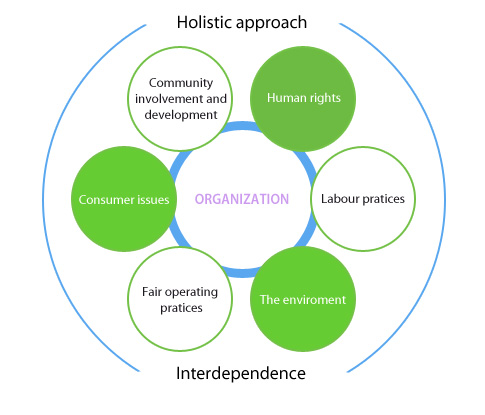3rd Bac - Marketing Mix
Marketing Mix
Understanding How to Position Your Market Offering
The 4Ps of marketing is a model for enhancing the components of your "marketing mix" – the way in which you take a new product or service to market. It helps you to define your marketing options in terms of price, product, promotion, and place so that your offering meets a specific customer need or demand.
What is marketing? The definition that many marketers learn as they start out in the industry is: putting the right product in the right place, at the right price, at the right time.
It's simple! You just need to create a product that a particular group of people want, put it on sale some place that those same people visit regularly, and price it at a level which matches the value they feel they get out of it; and do all that at a time they want to buy. Then you've got it made!
There's a lot of truth in this idea. However, a lot of hard work needs to go into finding out what customers want, and identifying where they do their shopping. Then you need to figure out how to produce the item at a price that represents value to them, and get it all to come together at the critical time.
But if you get just one element wrong, it can spell disaster. You could be left promoting a car with amazing fuel economy in a country where fuel is very cheap, or publishing a textbook after the start of the new school year, or selling an item at a price that's too high – or too low – to attract the people you're targeting.
The marketing mix is a good place to start when you are thinking through your plans for a product or service, and it helps you to avoid these kinds of mistakes. We'll discover more about the marketing mix and the 4Ps, and how you can use them to develop a successful marketing strategy.
The 4Ps are:
- Product (or Service).
- Place.
- Price.
- Promotion.
A good way to understand the 4Ps is by the questions that you need to ask to define your marketing mix. Here are some questions that will help you understand and define each of the four elements:
Product (or Service)
- What does the customer want from the product/service? What needs does it satisfy?
- What features does it have to meet these needs?
- Are there any features you've missed out?
- Are you including costly features that the customer won't actually use?
- How and where will the customer use it?
- What does it look like? How will customers experience it?
- What size(s), color(s), and so on, should it be?
- What is it to be called?
- How is it branded?
- How is it differentiated versus your competitors?
- What is the most it can cost to provide and still be sold sufficiently profitably?
Place
- Where do buyers look for your product or service?
- If they look in a store, what kind? A specialist boutique or in a supermarket, or both? Or online? Or direct, via a catalog?
- How can you access the right distribution channels?
- Do you need to use a sales force? Or attend trade fairs? Or make online submissions? Or send samples to catalog companies?
- What do your competitors do, and how can you learn from that and/or differentiate?
Price
- What is the value of the product or service to the buyer?
- Are there established price points for products or services in this area?
- Is the customer price sensitive? Will a small decrease in price gain you extra market share? Or will a small increase be indiscernible, and so gain you extra profit margin?
- What discounts should be offered to trade customers, or to other specific segments of your market?
- How will your price compare with your competitors?
Promotion
- Where and when can you get your marketing messages across to your target market?
- Will you reach your audience by advertising online, in the press, on TV, on radio, or on billboards? By using direct marketing mailshots? Through PR? On the internet?
- When is the best time to promote? Is there seasonality in the market? Are there any wider environmental issues that suggest or dictate the timing of your market launch or subsequent promotions?
- How do your competitors do their promotions? And how does that influence your choice of promotional activity?




Comments
Post a Comment